This is Septoria leaf spot. If flourishes in damp or humid air and frequently splashing the foliage with water will encourage this fungus to get established. We see it in many gardens this year, mostly on peppers and tomatoes. First, remove all the affected leaves and place in the trash not the compost pile. Next year rotate your tomatoes because the fungus will over winter in the garden for a season and would affect next years crop. This is specific to tomatoes not cucumber or the like. Good air circulation is very important when planting. Sterilize all your garden equipment that comes in contact with the tomatoes so it doesn’t spread. Mulch your tomatoes if you haven’t already. It keeps the spores from splashing on the ground and spreading the disease. If the above measures do not control the disease, you may want to use fungicidal sprays. Fungicides will not cure infected leaves, but they will protect new leaves from becoming infected. Go to your local garden center for recommendations about an organic fungicide that’s labeled for septoria leaf spot. Apply at 7 to 10 day intervals throughout the season according to directions. Follow harvest restrictions listed on the pesticide label. When spraying the plants, make sure you spray the undersides of the leaf as well.
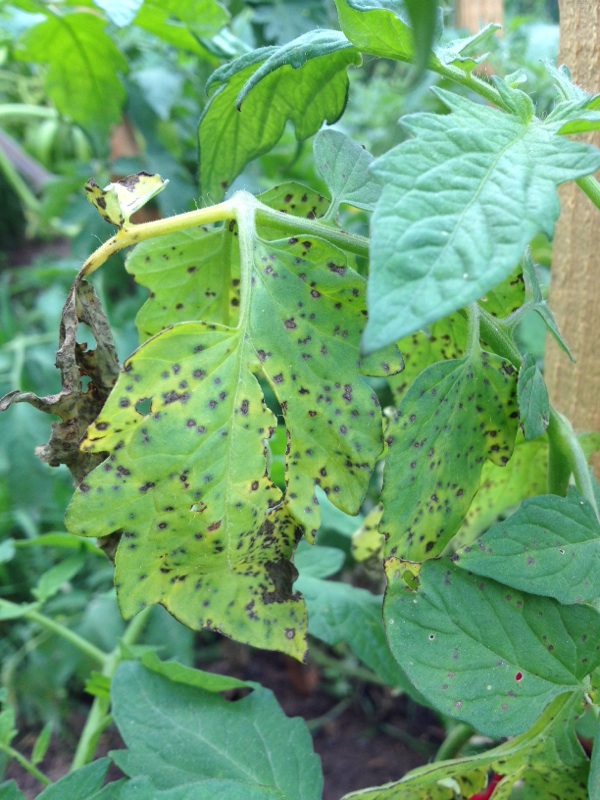
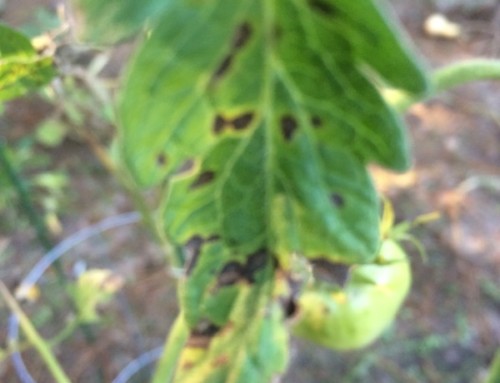
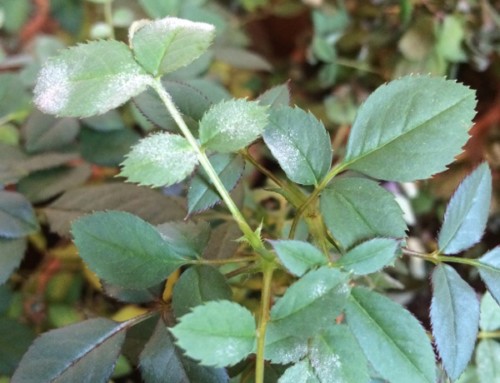
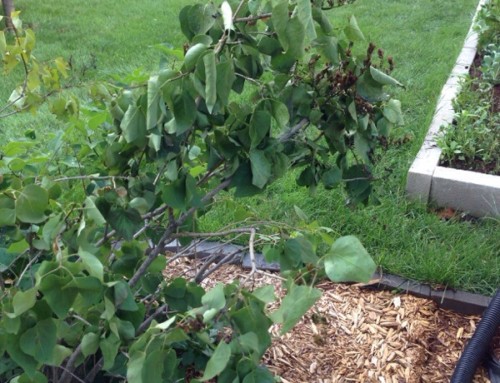
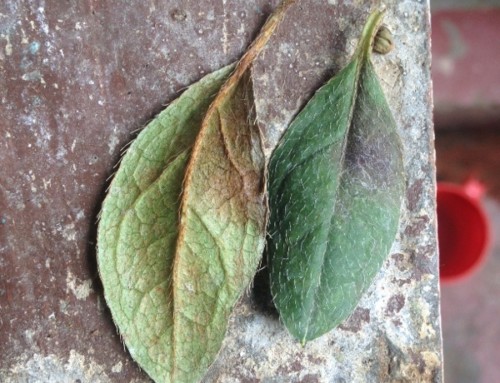
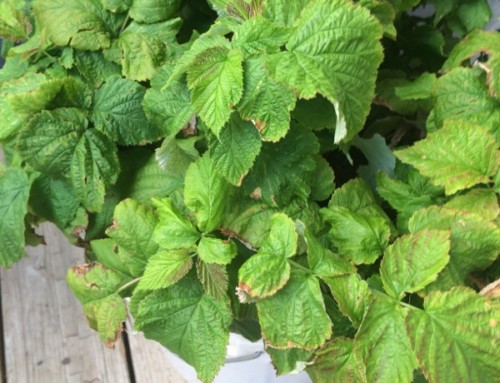
Leave A Comment